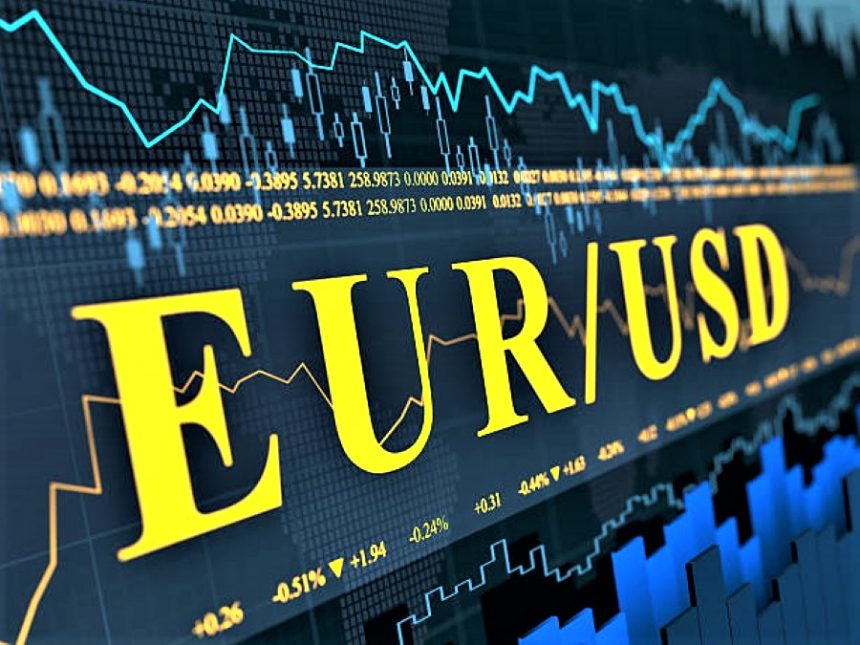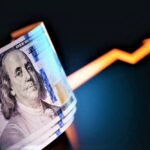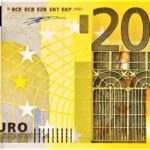EURUSD falls for the third day in a row and appears to be headed for greater losses.
Following an intraday rise to 1.0765, the EURUSD pair attracts new sellers and falls back closer to a two-month low during Tuesday’s European session.
Expectations that the ECB would begin reducing interest rates in April continue to damage the EURUSD.
The initial market reaction to an unexpected increase in German factory orders fades fast in the face of predictions that the European Central Bank (ECB) will begin cutting interest rates in April amid decreasing inflation in the Eurozone. This serves as a headwind for the shared currency, which, together with the underlying optimistic tone around the US Dollar (USD), helps to limit the currency pair’s gain.
Hopes for rising long-term Fed rates benefit USD bulls and support the bearish bias.
The USD Index (DXY), which tracks the US dollar against a basket of currencies, is near its highest level since November 14 as markets appear to have fully priced in early Fed rate reduction. Recent US macro statistics indicated that the economy is in strong shape, allowing the Fed to keep interest rates higher for longer. Aside from that, geopolitical tensions and concerns about slowing economic development in China, the world’s second-largest economy, should favor the safe-haven buck, implying that the path of least resistance for the EURUSD pair is to downside.
Daily Market digest: ECB rate cut bets, hawkish Fed views weigh.
Pablo Hernandez de Cos, a policymaker at the European Central Bank (ECB), said on Tuesday that the next move will be to decrease interest rates as confidence grows that inflation will return to the 2% target.
Germany’s factory orders increased by a robust 8.9% month on month in December, defying expectations of no rise, but this does little to boost the shared currency or support the EURUSD pair.
The ECB’s monthly survey, released earlier today, revealed that Eurozone consumers’ inflation forecasts for the coming year declined from 3.5% in November to 3.2% in December.
Eurostat data shows that Retail Sales in the Eurozone dropped by In December, growth was 0.8% year on year, compared to a 0.4% dip in November and consensus projections of 0.9%.
The Institute for Supply Management (ISM) stated on Monday that the US services sector’s growth accelerated in January, with the Non-Manufacturing PMI climbing to 53.4 from 50.5 in December.
This, combined with Friday’s blockbuster NFP result and recent hawkish comments by Federal Reserve officials, prompted investors to reduce their expectations for significant policy easing in 2024.
According to the CME Group’s Fedwatch tool, traders have nearly fully priced out the possibility of a March rate drop, with only five cuts expected by the end of the year, down from six previously.
Expectations that the Fed will maintain higher interest rates for longer aid the US Dollar to remain near its highest level since November 14 and support prospects for additional losses for the EURUSD pair.









